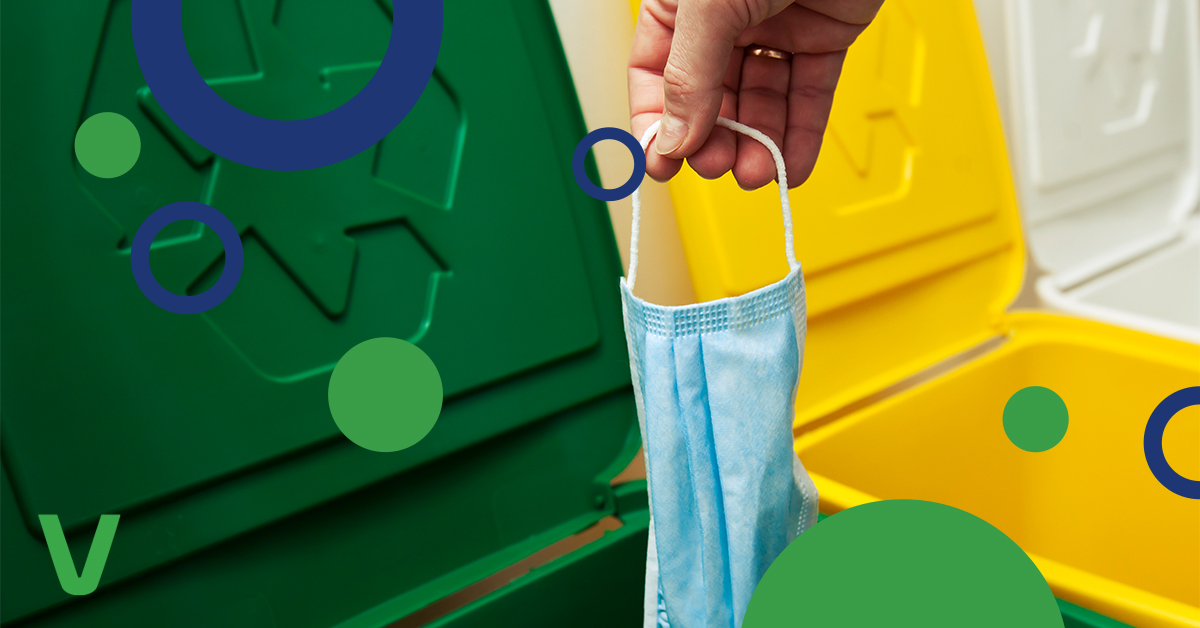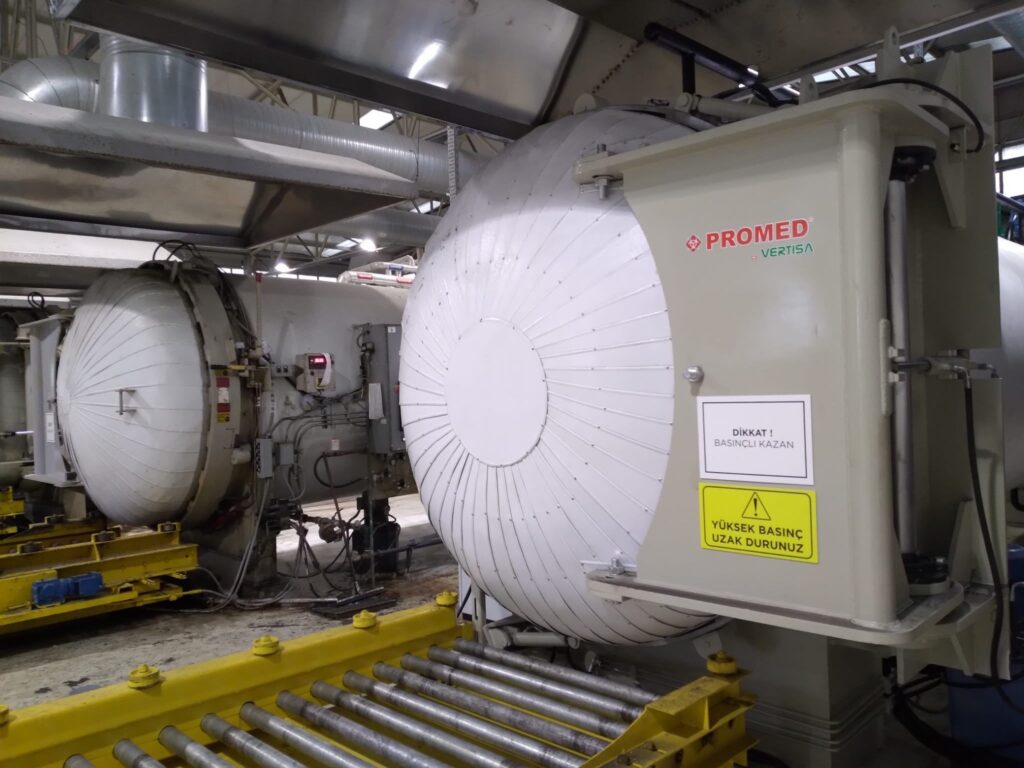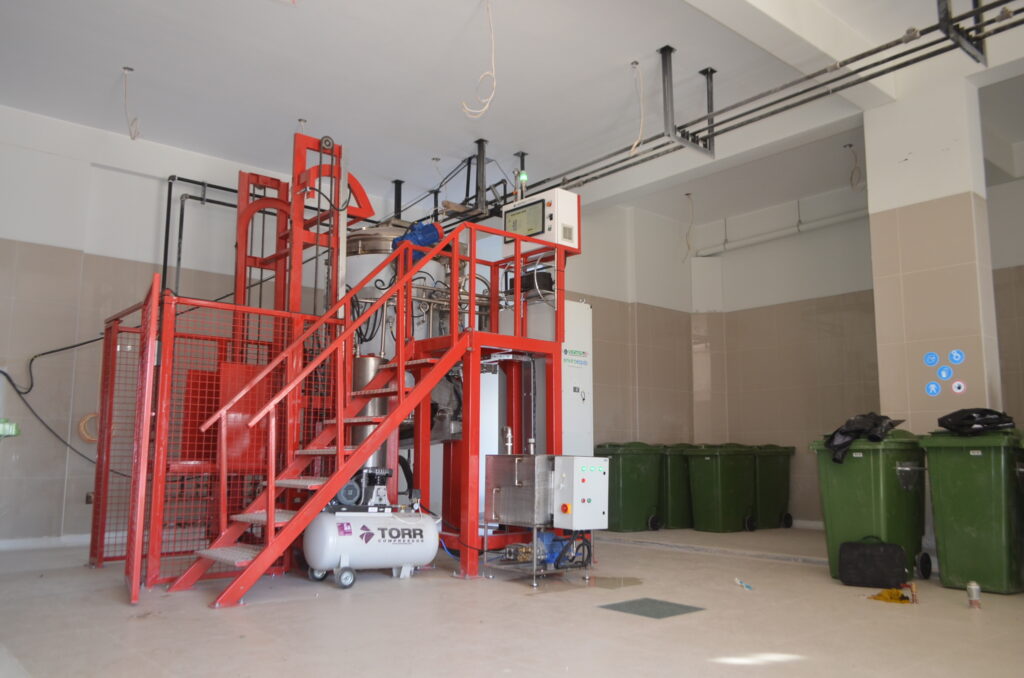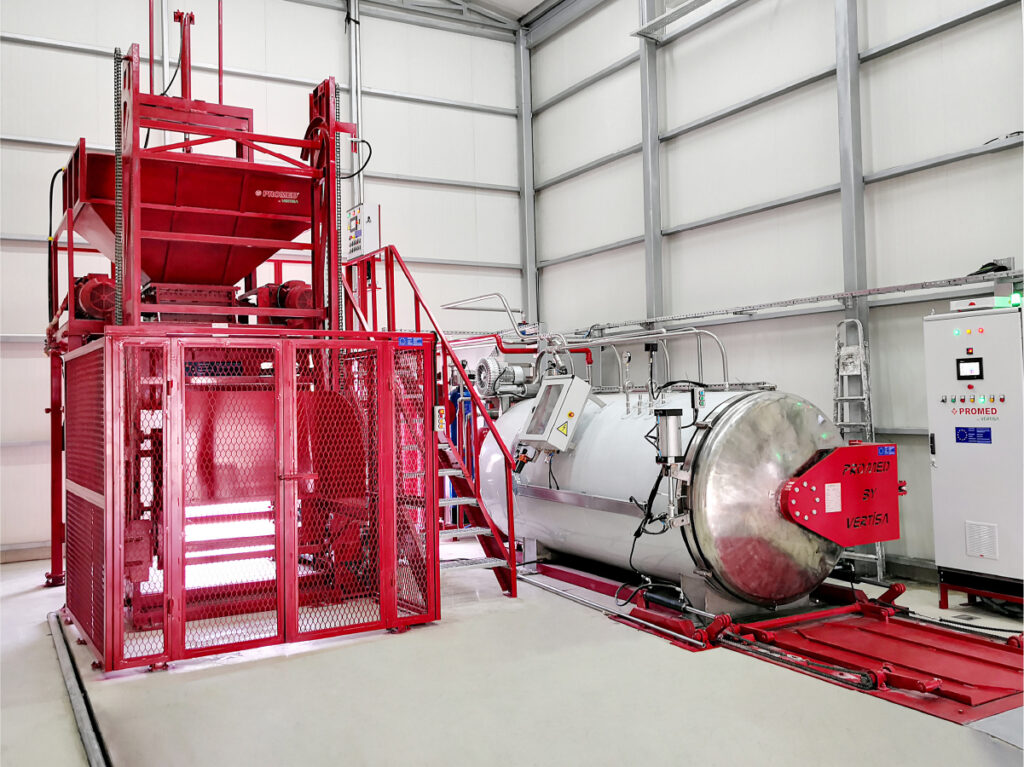
Frequently Asked Questions on Proper Segregation of Medical Waste
Proper segregation of Medical Waste in Healthcare facilities is key. They produce various types of waste, some of which pose biohazardous or hazardous risks, necessitating careful segregation of the medical waste. As waste generators, healthcare organizations bear the responsibility of sorting and preparing waste for disposal, a critical task to avoid safety, compliance, and financial consequences.
Segregating of the medical waste appropriately can be complex due to diverse rules and regulations, compounded by the fast-paced nature of healthcare delivery. Medical waste is regulated at federal, state, and local levels, often leading to confusion among healthcare providers. Additionally, some healthcare facilities may enforce disposal policies stricter than regulations, adding to the challenge.
Here are responses to common questions to provide clarity on how to appropriately segregate different waste streams:
1. What Is Considered Regulated Medical Waste (RMW)?
The definition of RMW varies but generally includes materials saturated with blood or potentially infectious materials. Examples range from bandages and dressings to sharp instruments like needles or scalpels.
2. What Isn’t Considered RMW?
Items contaminated with bodily fluids like urine, feces, nasal secretions, sweat, spit, or vomit are typically not RMW. Non-contaminated personal protective equipment (PPE), used feminine hygiene products, diapers, and urine catheters/bags usually fall outside the RMW category.
3. Where Should Healthcare Workers Dispose of RMW?
Most RMW should be placed in a red RMW bag, while items that could puncture the skin go in puncture-resistant sharps containers.
4. Why Can’t All Medical-Related Waste Go in RMW Containers?
Placing all waste in red bags or sharps containers may seem convenient but is costly. Treating and disposing of RMW is more expensive than non-RMW trash. About 85% of healthcare waste is general, non-hazardous waste, making a premium strategy wasteful and risky.
5. What Is Pharmaceutical Waste?
Pharmaceutical waste includes medications that are expired, contaminated, or no longer needed. It can be classified as hazardous or non-hazardous.
6. How to Dispose of Hazardous Pharmaceutical Waste?
Hazardous pharmaceutical waste should be segregated and disposed of following EPA’s Management Standards for Hazardous Waste Pharmaceuticals or state law, never in a red bag or sharps container.
7. What Is Trace Chemotherapeutic Waste?
Generated during cancer treatment, trace chemotherapeutic waste refers to items like empty drug vials, syringes, and needles. It may be regulated as RMW depending on state laws.
8. Should Healthcare Workers Segregate Trace Chemotherapeutic Waste?
Yes, trace chemo waste should be segregated into designated containers for incineration treatment, as per state laws.
9. How to Package Full Waste Containers for Disposal?
Full red bags should be sealed securely before placement in the transport container, adhering to U.S. Department of Transportation requirements.


